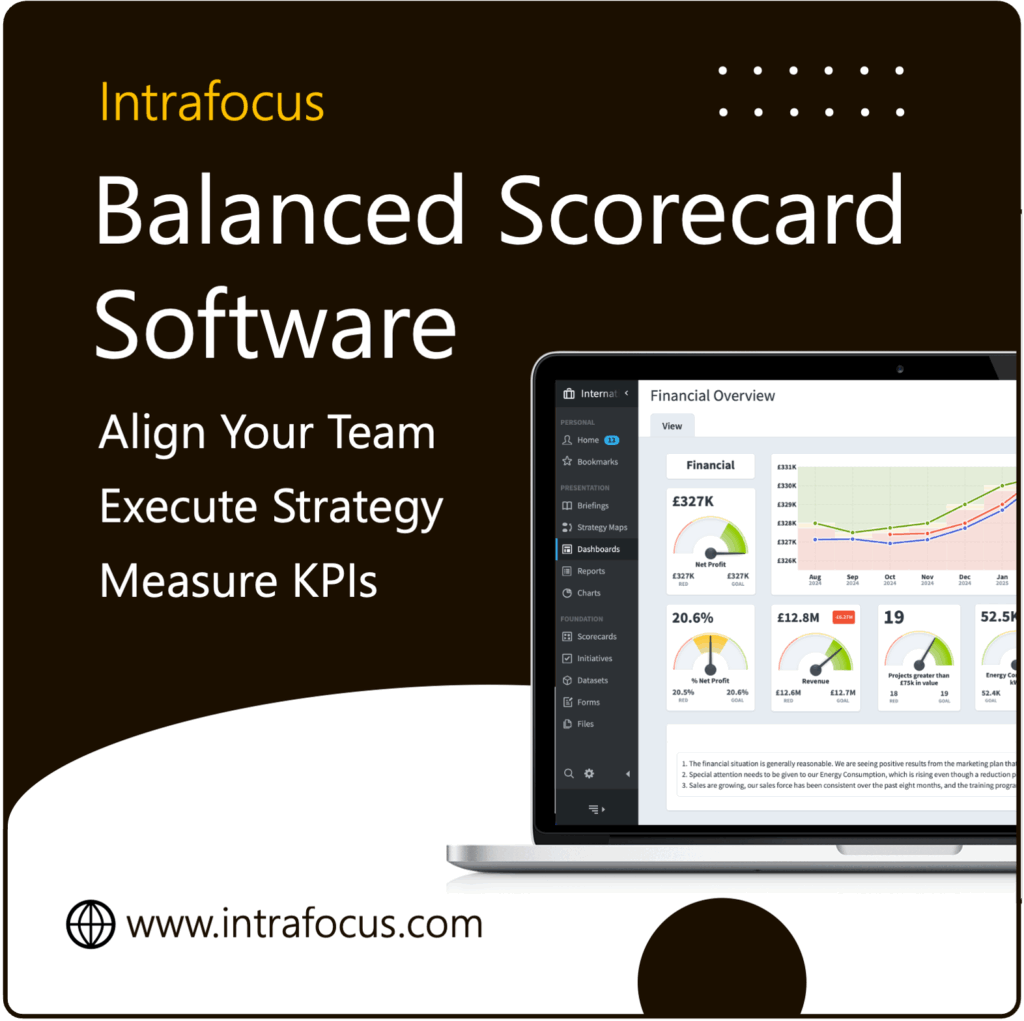You’re not alone if you’ve ever spent a Monday morning scrambling to prepare your KPIs for a performance review. Manually updating data is one of the most common and frustrating tasks faced by business teams. It’s not just tedious. It’s a time sink that quietly erodes productivity.
Every month (or week, if you’re lucky), someone in your team opens up an Excel spreadsheet, logs into three or four cloud tools, exports data, pastes it into a reporting template, cross-checks it, emails it around for confirmation, fixes an error or two—and then finally updates the KPI dashboard.
That’s a lot of effort just to answer one question: “How are we doing?”
The real problem? This process doesn’t scale. As your business grows and data multiplies, manual updates become unmanageable. Worse still, they’re error-prone. A missed cell here, a pasted value there and suddenly, your NPS score is off, or your sales forecast is inaccurate. That’s not just annoying. It’s dangerous.
But the good news is that you no longer need to work this way.
The rise of easy-to-use automation tools means you can now keep your KPIs up to date without touching a spreadsheet. Proper setup lets your data flow directly into Spider Impact automatically and reliably.
That’s where ETL (Extract, Transform, Load) comes in. It sounds technical, and traditionally, it was. But modern tools like Zapier have changed the game, making automation accessible to anyone, not just IT.
If you’re still doing manual KPI updates, it’s time to stop. There’s a better way—and once you switch, you’ll never go back.
What Is ETL? And Why Should You Care?
ETL stands for Extract, Transform, Load. This process allows you to move data from one system to another efficiently and accurately. Don’t let the acronym scare you off. At its core, ETL is just a smarter, automated version of what many people do by hand every month.
Let’s break it down:
- Extract: Pull the data from wherever it lives: a CRM like Salesforce, a spreadsheet, a survey tool, or even a cloud-based finance system.
- Transform: Adjust the format, clean it up, and ensure it matches what your performance system (like Spider Impact) expects. This might mean converting dates, filtering records, or rounding numbers.
- Load: Push that data into your reporting tool so your dashboards and KPIs are always current.
In the past, ETL processes were technical and time-consuming, often requiring IT teams and scripting. But those days are over. Tools like Zapier have made building these connections between systems straightforward, with no coding required, just a few clicks.
This matters because every minute you spend updating metrics manually is a minute you’re not using to make decisions. ETL removes the bottlenecks. It ensures your performance data flows smoothly into your dashboards without human intervention.
It’s not just about convenience—it’s about consistency. When your KPIs update themselves on a regular schedule, your team starts trusting the data. And when that happens, your reporting process becomes faster, cleaner, and more useful.
Still relying on emails, spreadsheets, and late-night number crunching? ETL isn’t a future upgrade—it’s a necessity you can start using today.
The Automation Combo You Need
If you’ve never heard of Zapier, here’s the headline: it connects your apps so they can talk to each other automatically—no code, no developer needed—just intelligent automation that saves you time. And when you pair Zapier with Spider Impact, you unlock one of the most potent combinations in performance management.
With over 5,000 supported applications, Zapier can link Spider Impact to the tools your teams are already using. Think about where your KPI data comes from today. Chances are, it’s scattered across:
- CRM systems like Salesforce or HubSpot
- Spreadsheets in Excel or Google Sheets
- Project tools like Jira, Asana, or Monday.com
- Survey tools such as Typeform or SurveyMonkey
- Finance systems, HR platforms, or customer portals
Usually, you’d log into each one, download the data, clean it up, and upload it to Spider Impact. With Zapier, this entire process becomes automatic.
Here’s what this looks like in real life:
🔹 Use Case 1: Sales KPIs
Your sales team updates deals in HubSpot. Zapier extracts that data, formats the value, and directly pushes the total monthly revenue into your Spider Impact scorecard.
🔹 Use Case 2: Customer Feedback
You collect Net Promoter Score (NPS) via Typeform surveys. Each new response triggers a Zap that updates your NPS KPI in real time; no more waiting for monthly reports.
🔹 Use Case 3: Project Tracking
Your team tracks project progress in Asana. Every task marked “complete” is counted via Zapier and tallied automatically in Spider Impact under your delivery KPIs.
The best part? These automations don’t break when someone’s on holiday or forgets to send an update. Once built, they run quietly in the background 24/7.
You don’t need to be a tech expert. If you can create a spreadsheet formula, you can create a Zap. The user interface walks you through each step, and Zapier even provides templates to speed things up.
For Spider Impact users, this means less clicking and more clarity. You can stop chasing data and start focusing on performance. Whether you’re a one-person strategy office or part of a wider reporting team, Zapier lets you scale your efforts without scaling your workload.
Cloud Constraints
If ETL is so powerful, you might wonder, “Why not just connect our tools directly to Spider Impact?” It’s a fair question—and one we hear often.
The short answer? Cloud tools don’t play that way.
Most modern applications, CRMs, survey platforms, and finance tools are hosted in the cloud and don’t provide direct access to their underlying databases. And even if they did, your IT department probably wouldn’t allow it. Direct database connections can create serious security concerns, not to mention performance risks.
That’s where ETL comes in. Instead of trying to wire everything together in real time (which sounds great until firewalls get involved), ETL provides a reliable, secure, and controlled process.
For example, many tools allow you to export a CSV file on a schedule, daily, weekly, or monthly. That file becomes your data “extract.“ You can then automate the “transform“ and “load“ using tools like Zapier, secure file transfer, or Spider Impact’s file import module.
And does your team need a bit more muscle? Spider Impact supports an on-site helper application that provides a secure bridge between cloud apps and protected environments, with complete admin control over how data is pulled and loaded.
In this context, ETL isn’t a compromise—it’s the industry-standard solution for working with cloud-based systems where direct integration isn’t an option.
It offers you the best of both worlds:
- You keep your existing tools and workflows
- You gain automation without introducing risk
So, next time you hear, “We can’t connect to that system,” you’ll know better. With ETL, you don’t need tight integration—you just need a smart connection.
ETL Is More Than Convenience
It’s easy to think of ETL automation as a time-saver, and it is. But its real power lies in the control and confidence it gives your organisation over its data.
Tip: Best-in-class Balanced Scorecard software — powered by Spider Impact, delivered by Intrafocus.
When you rely on manual updates, even the best teams are vulnerable to delays, inconsistencies, and errors. Someone forgets to send a file. A formula breaks in Excel. A report is built on last month’s numbers by mistake. You’ve likely seen it happen and probably spent too long fixing it.
ETL changes the game by removing these points of failure. With an automated ETL pipeline in place—especially one supported by Zapier or Spider Impact’s import scheduler—you don’t just save time; you stabilise your reporting process.
Here’s how that control translates into business impact:
1. Always Up-to-Date Dashboards
Your KPI data can be updated hourly, daily, or weekly—whatever you need. This real-time sync means you’re making decisions based on now, not last week. Your dashboards become living, breathing tools—not static reports.
2. Trusted, Clean Data
ETL processes reduce human error. No more transposing rows or accidentally pasting over a formula. The data arrives in the format Spider Impact expects—reliable, clean, and ready to report.
3. Audit-Friendly Reporting
Every data import via Zapier or Spider Impact’s file import system is timestamped and traceable. You can see precisely when updates occurred and where the data came from, which is ideal for compliance, audit trails, or answering those tricky “where did this number come from?“ questions.
4. Freeing Up Your People
Automating repetitive data tasks gives your analysts and managers more time to do what they’re best at: interpreting results, spotting trends, and recommending action. That’s where real value is created—not in spreadsheet wrangling.
So yes, ETL is about convenience. But it’s also about elevating performance reporting to a higher standard—one that’s consistent, accountable, and scalable. This kind of control isn’t just nice to have. It’s essential.
Getting Started with ETL and Spider Impact
By now, the value of automating your KPI updates with ETL should be clear. But where do you begin? Fortunately, getting started is much easier than most teams expect—especially if you’re using Spider Impact.
Here’s a simple 3-step path to launch your ETL journey:
Step 1: Identify Your Manual Pain Points
Take a quick inventory of your current reporting process. Ask your team:
- Which KPIs are still updated manually?
- Where does data come from—CRMs, spreadsheets, surveys, project tools?
- How often do we waste time chasing down numbers?
If it’s predictable and repetitive, it can probably be automated.
Step 2: Choose the Right ETL Tool
If your systems are cloud-based, start with Zapier. It’s a no-code platform that integrates with over 5,000 apps and works seamlessly with Spider Impact via file imports.
If your data lives in on-premise databases or complex systems, you can use:
- Spider Impact’s on-site helper application for secure transport,
- Or a traditional ETL pipeline built by IT (especially for high-volume environments).
Step 3: Schedule and Test Your Imports
Once your data source and format are set, define a daily, weekly, or monthly schedule and test the flow. Spider Impact’s integration module or file import system will handle the rest.
Need help with Zapier? Intrafocus provides a step-by-step guide for connecting your apps and loading data smoothly.
To streamline your reporting, you don’t have to change your business systems. You just need to connect them better.
ETL saves time, and it puts your data to work automatically, accurately, and reliably. With tools like Zapier and Spider Impact, it’s easier than ever to take control.



